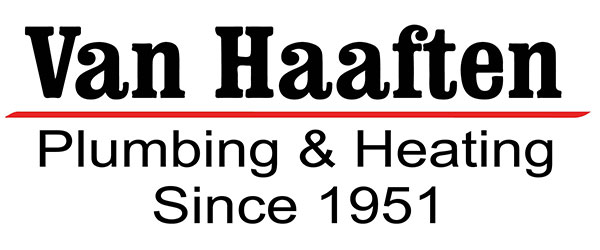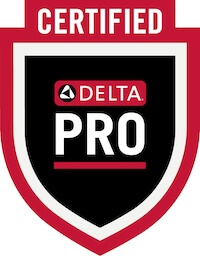A lot of homeowners only call for air conditioning repair when their system totally fails. However, the reality is your air conditioner will often drop hints letting you know it’s in trouble before a total breakdown that results in new AC installation. Recognizing the symptoms and calling the experts at Van Haaften Plumbing & Heating to address issues early can save you from the hassle and expense of a full AC system breakdown. More importantly, it can prevent the discomfort of having your AC break down when it’s scorching hot outside.
When you call us, our team of highly trained HVAC technicians will pinpoint what’s wrong, fix the problem and restore your comfort fast. We have extensive expertise and provide reliable, cost-effective AC service for our community.
Why hold off until your cooling system stops working? Skip all that hassle by calling today to schedule AC repair in Pella, IA, from Van Haaften Plumbing & Heating.
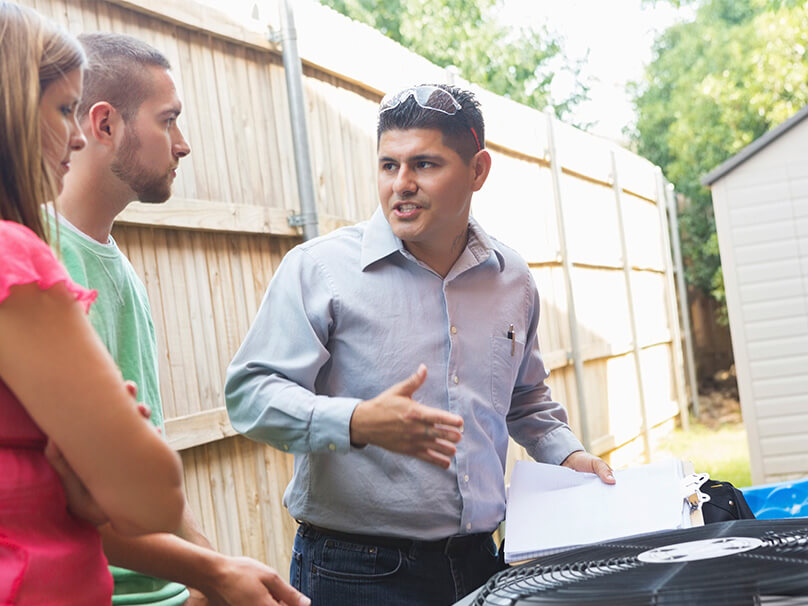
How to Know if You Need AC Repair
What are the signs your air conditioner is having issues? From unusual smells to warm air coming from the vents, there are many symptoms that your cooling system has an issue and needs attention or service.
Here are some red flags that trouble may be developing and it’s time to call an HVAC technician from Van Haaften Plumbing & Heating:
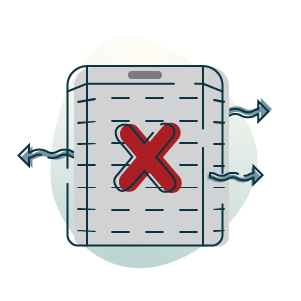
AC won’t blow cold air
If hot air is flowing out of your AC unit instead of cool air, or if the air isn’t as cool as normal, it’s a good idea to call us for professional cooling service.
AC keeps turning on and off
If your AC system cycles frequently instead of running consistently, it could be a sign of several problems and should be evaluated by one of our certified HVAC technicians.
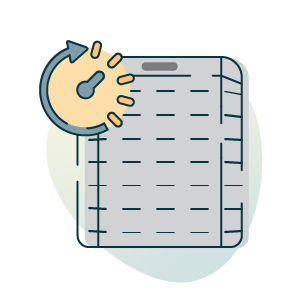

Cooling bills spike for what seems like no reason
A big jump in your energy costs can be an indicator your AC unit is becoming less efficient, which means it uses more energy to keep your space comfortable and needs AC maintenance or repair.
Unusual odors are coming from your AC
Air conditioners should not stink. Weird smells coming from your AC unit should be checked by an expert, as they can be a sign of problems like mold, mildew or even electrical issues.
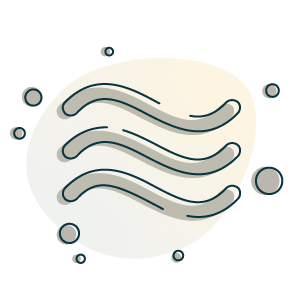
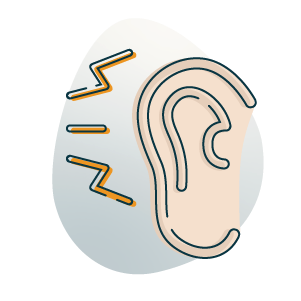
Loud sounds coming from your AC
If you hear strange sounds when your air conditioner is running — thumping, grinding or squealing, to name just a few — it’s important to call for professional HVAC service to evaluate your system.
Request Pro Air Conditioner Repair Now
When you require air conditioning service quickly, contact the HVAC repair experts at Van Haaften Plumbing & Heating at 641-628-3621. We’ll quickly identify the problem when your equipment won’t work or provide enough chilled air.
